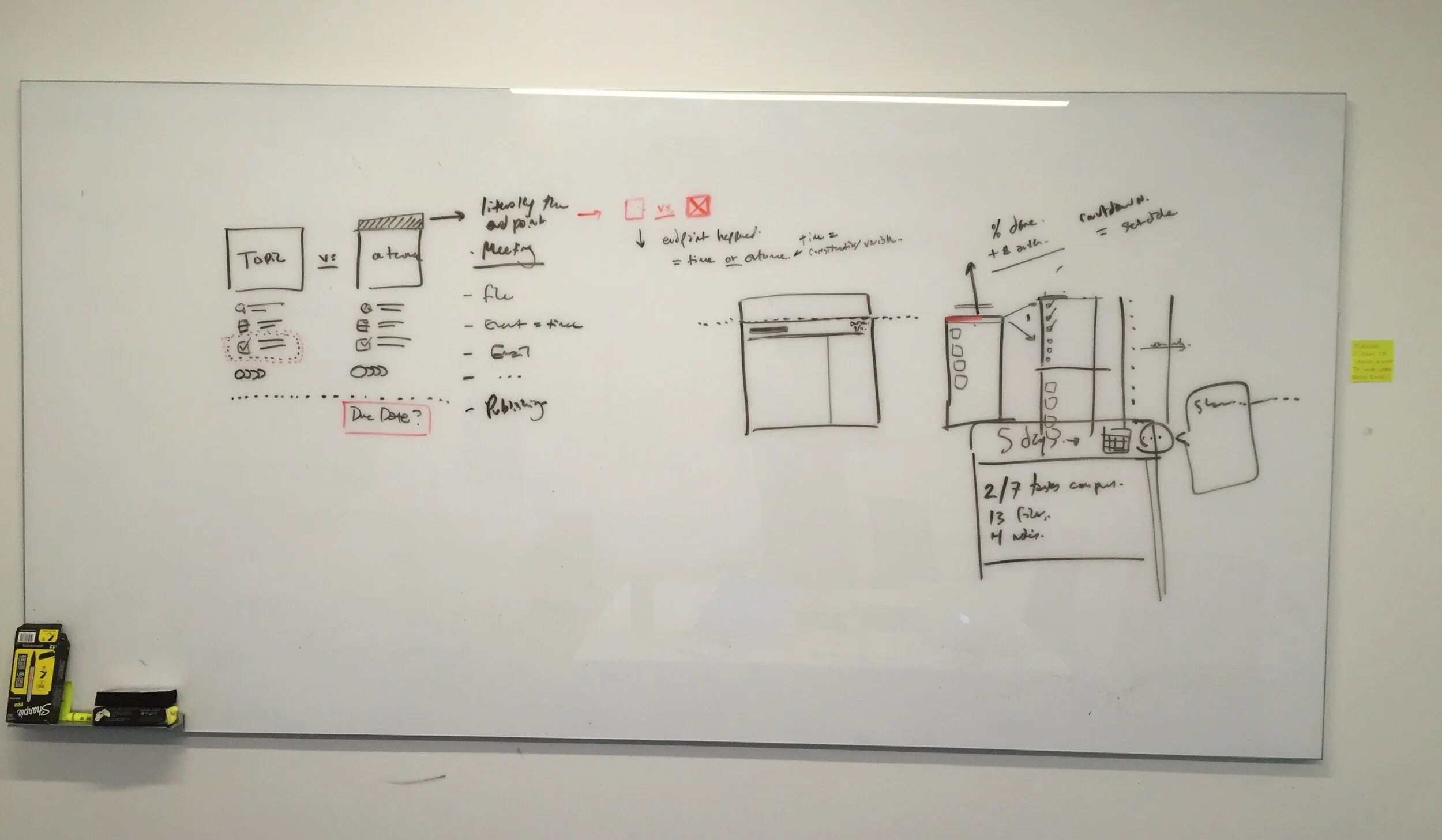
Moments by IBM Watson
Even in the early days of conversational collaboration tools it was clear that fighting information overload from your messages in all of your channels, chats, workspaces, etc was going to be more than a full-time job. Missing important requests or messages from colleagues could also be costly to organizations and small teams.
Clearly the system should be able to help you know where and when to focus. Our design and product team set out from scratch to define, design, patent, and create the technology and experience to solve this user problem and integrate it seamlessly into Watson Workspace.
Signal vs. Noise
A common starting point in the marketplace seemed to be focusing on hiding unimportant information (mute) or amplifying the content you may care more about (favorites). We soon found a different lens for examining the solution.
Instead of addressing the signal vs. the noise we addressed the individual user’s perspective of their own data.
The iconic Powers of Ten video was a source of inspiration for considering how proximity to information could dictate the amount of meaningful detail that’s consumable.
Visual product interfaces like iPhoto had started to employ these types of aggregation and truncation of content in levels of zoom also.
We found commonality in how things were collected and presented to help funnel user focus, interest, and attention.
Catching up after a few hours
Teaching the System
Our first hypothesis was that conversations naturally transition and evolve topically over time. We used transcripts from team workspaces and then identified breaks with various approaches—time, topic, and contributors. We then built tools to help classify data that we could pull into the product and build moments out of messages.
A whole lot of transcripts and a whole lot of hours cutting up conversations in Excel spreadsheets and comparing various methods for chunking.
Manually identifying intent behind common phrases in the kind of conversational short hand used in chat based tools.
And then inputting that data back into the underlying API’s and systems.
Including in-product system training for individual users.
Patenting the Technology
To power the productized feature our team authored over 50 patents including seven design-led patents.











